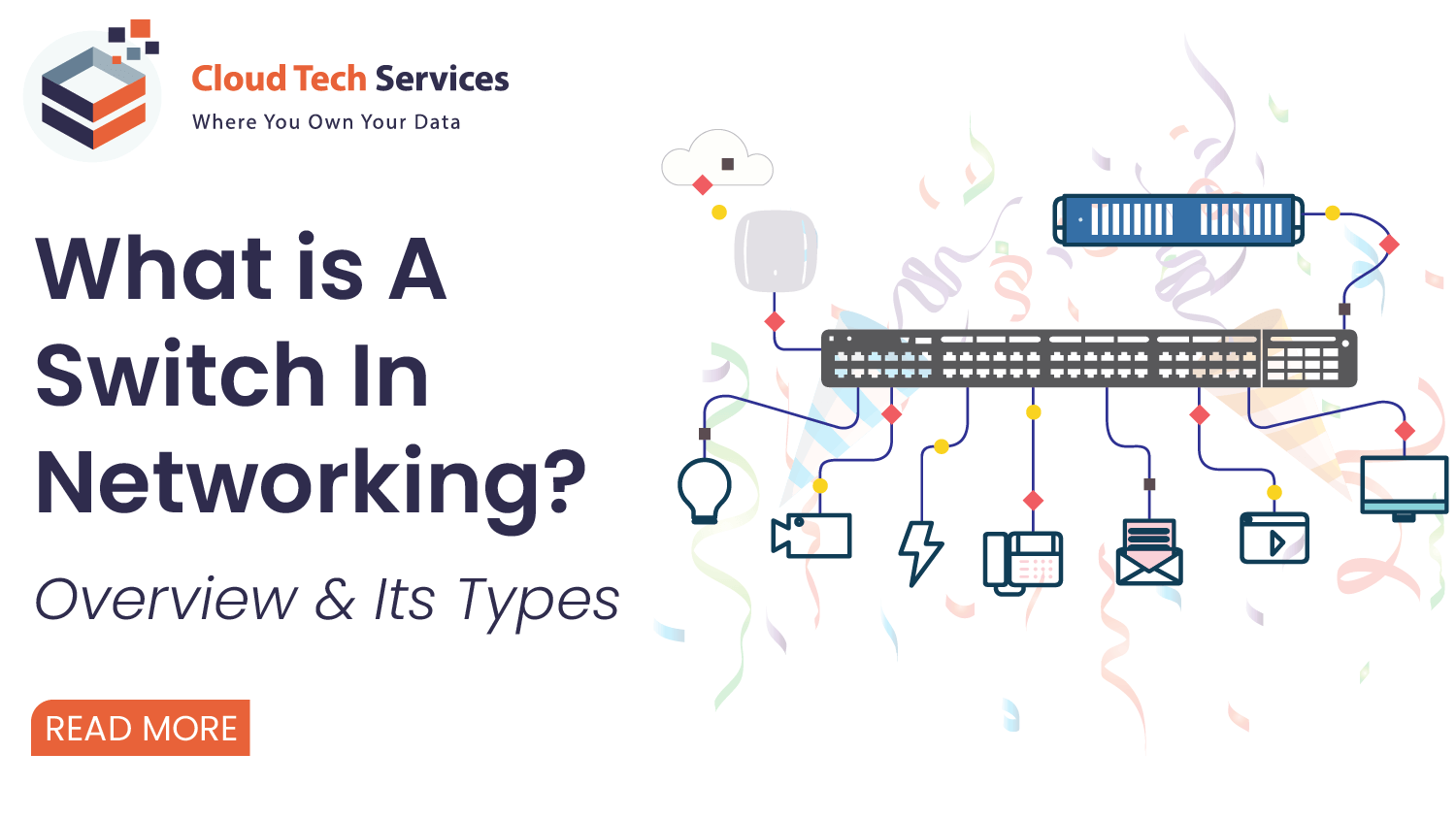Replication and Backup: Essential Cyber-Resiliency tools in the fight against ransomware

Ransomware is a type of malware that encrypts your data and demands payment for the decryption key. It can be a devastating experience for businesses of all sizes, leading to lost productivity, financial losses, and reputational damage.
There is no foolproof way to prevent ransomware attacks, but there are a number of things you can do to mitigate the risk and damage. Two of the most important are replication and data protection.
Replication:
Replication is the process of creating and maintaining two or more copies of your data. This can be done on-site, off-site, or in the cloud. Replication can help you to protect your data from a variety of threats, including ransomware.
If your primary data is encrypted by ransomware, you can restore it from a replica. This is because the replica is a separate copy of your data that is not affected by the attack.
Data protection:
Data protection is the process of protecting your data from loss, damage, or unauthorized access. This includes a variety of measures, such as backups, encryption, and access control.
Backups are essential for protecting your data from ransomware. If your primary data is encrypted by ransomware, you can restore it from a backup. However, it is important to note that backups can also be encrypted by ransomware, so it is important to store them in a secure location.
Encryption can also help to protect your data from ransomware. If your data is encrypted, it will be unreadable to the attacker, even if they are able to encrypt your primary data.
Here’s how replication and data protection work together to provide a comprehensive solution to protect your data from ransomware:
Replication can help ensure that you have a copy of your data that is not affected by an attack. Data protection can help to ensure that your data is backed up and encrypted, so that it can be restored quickly and easily in the event of an attack.
Here are some best practices for replication and data protection in the fight against ransomware:
- Use the 3-2-1 backup rule. This means that you should keep three copies of your data, two of which should be stored on different types of media, and one of which should be stored offsite.
- Replicate your backups to a remote location. This will help to protect your backups from ransomware that encrypts your entire network.
- Use immutable storage for your backups. Immutable storage is a type of storage that cannot be modified or deleted. This helps protect your backups from ransomware that can attempt to encrypt or delete them.
- Encrypt your data at rest and in transit. This will help to protect your data from unauthorized access, even if it is stolen or lost.
- Test your backups and replication systems regularly. This will help to ensure that they are working properly and that you can restore your data quickly and easily in the event of an attack.
- Monitor, report and fix backup completion errors or performance
- Regularly verify existing vs desired RPO/RTO
How well is your organization prepared?
Cloud Tech Services offers Cyber-Resiliency services to all organizations around the following:
- Assessment: Where do I stand regarding recovery from an attack?
- Design/Implementation/Migration: How can I harden my organization against ransomware?
- Remediation: How can I fix my problems?
- Monitoring: How can I verify that my replication, backup, and vaulting are working and meeting RTO/RPO?
- Response: I’ve been attacked, and need to quickly get my data back
Conclusion:
Replication and data protection are essential tools in the fight against ransomware. By following the best practices outlined above, you can help to protect your data from loss, damage, and unauthorized access.
Additional tips for fighting ransomware:
In addition to replication and data protection, there are a number of other things you can do to fight ransomware:
- Utilize a unbiased third party such as Cloud Tech Services to assess and report on compliance.
- Educate your employees about ransomware. Ransomware attacks often start with a phishing email, so it is important to teach your employees how to identify and avoid these emails.
- Implement security awareness training. This training should teach your employees about the latest ransomware threats and how to protect themselves.
- Keep your software and hardware/firmware up to date. Software/Firmware updates often include security patches that can help to protect your systems from ransomware attacks.
- Use a firewall and intrusion detection system. These security solutions can help to block ransomware attacks before they reach your systems.
- Have a disaster recovery plan in place. This plan should outline the steps you will take to recover your data and systems in the event of a ransomware attack.
Let Cloud Tech Services be your partner in fortifying your cyber-resiliency against ransomware. Contact us today to learn more about how our managed services can help safeguard and protect your organization from threats. Your security is our priority.










